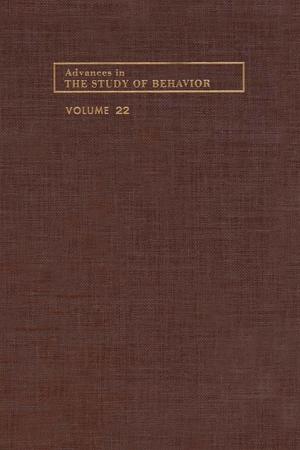Greener Materials and the Markets That Use Them
Nonfiction, Science & Nature, Science, Biological Sciences, Ecology| Author: | Bob Brothers | ISBN: | 9781458146533 |
| Publisher: | Bob Brothers | Publication: | February 17, 2011 |
| Imprint: | Smashwords Edition | Language: | English |
| Author: | Bob Brothers |
| ISBN: | 9781458146533 |
| Publisher: | Bob Brothers |
| Publication: | February 17, 2011 |
| Imprint: | Smashwords Edition |
| Language: | English |
"Greener Materials and the Markets that Use Them" provides a comprehensive overview of the products, raw materials, and end users that are leading a transformation to a 'greener' more environmentaly friendly America.
Claims about environmentally friendly products and initiatives fall into four buckets.
Renewable raw materials are derived from plant or animal sources.
Biologically-based processes, such as fermentation, transform raw materials into intermediate or finished products.
Recyclable, compostable or bio-degradable materials minimize products’ end-of-life impact by reducing demand for virgin polymers and thus the energy and feedstocks needed to make them, by reducing trash or litter, and by lowering landfill loads.
Energy efficiency, waste reduction, supply chain management, and operating excellence reduce any product’s cradle-to-grave carbon footprint.
Each of these buckets is undergoing intensive R&D, new product development, and new business creation – along with a fair degree of public and regulatory interest.
"Greener Materials and the Markets that Use Them" provides a comprehensive overview of the products, raw materials, and end users that are leading a transformation to a 'greener' more environmentaly friendly America.
Claims about environmentally friendly products and initiatives fall into four buckets.
Renewable raw materials are derived from plant or animal sources.
Biologically-based processes, such as fermentation, transform raw materials into intermediate or finished products.
Recyclable, compostable or bio-degradable materials minimize products’ end-of-life impact by reducing demand for virgin polymers and thus the energy and feedstocks needed to make them, by reducing trash or litter, and by lowering landfill loads.
Energy efficiency, waste reduction, supply chain management, and operating excellence reduce any product’s cradle-to-grave carbon footprint.
Each of these buckets is undergoing intensive R&D, new product development, and new business creation – along with a fair degree of public and regulatory interest.















